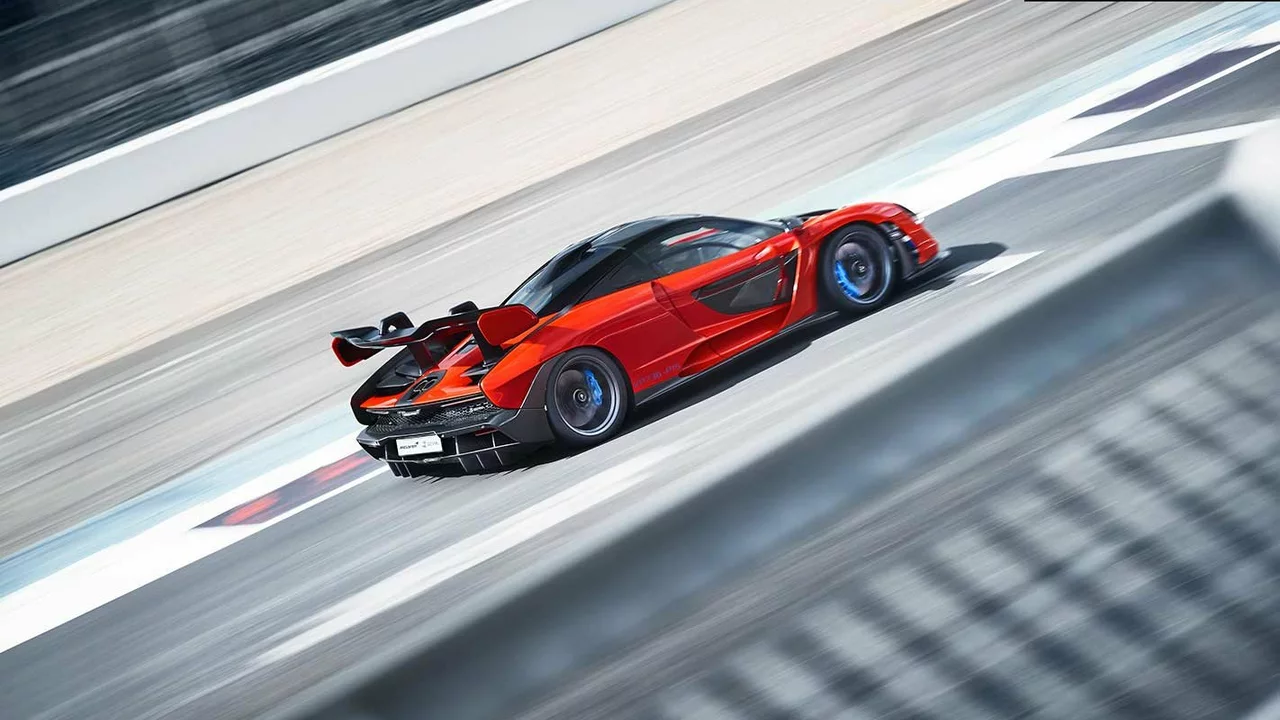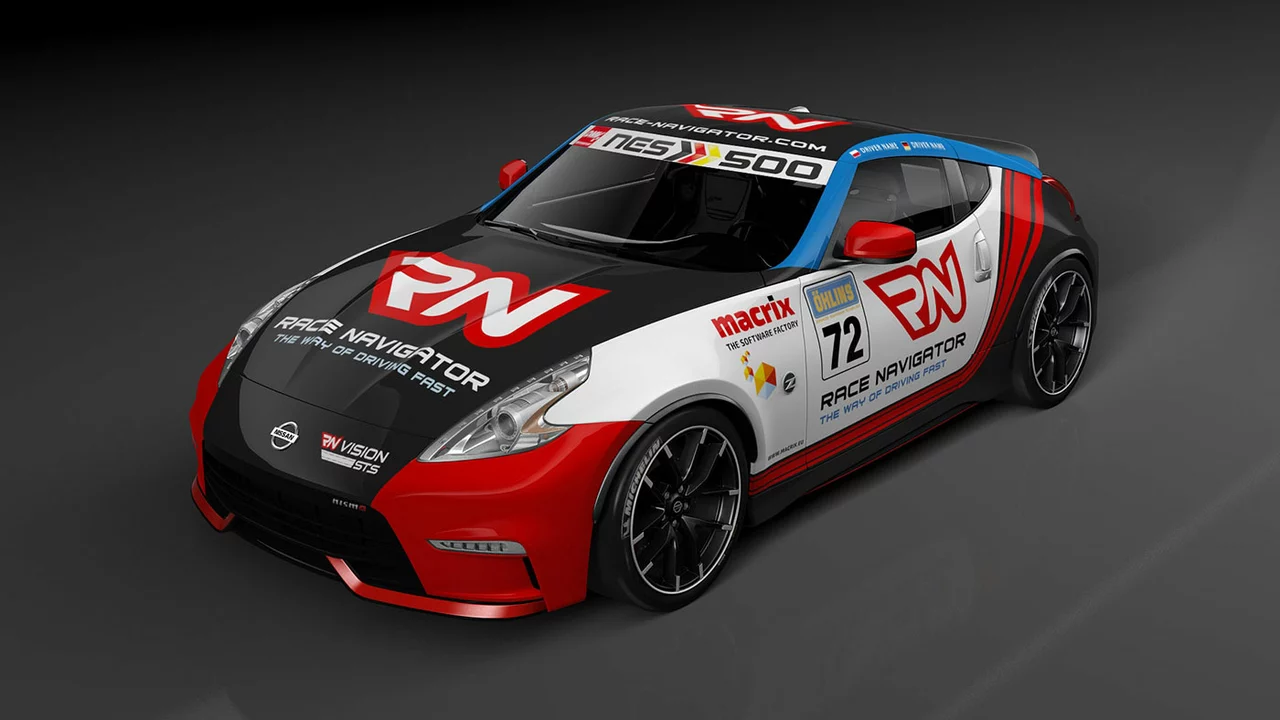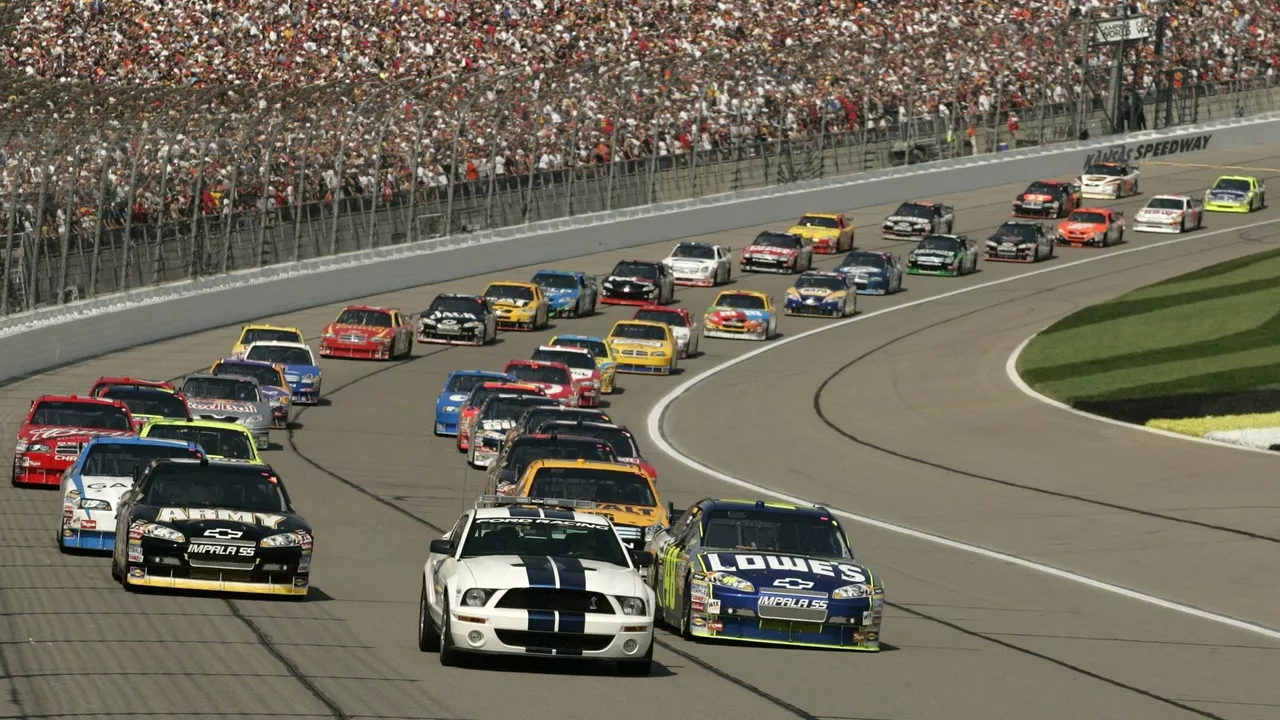July 2023 Motorsports Archive – Latest Insights
July was a busy month at Becket Motorsports Hub. We dug into why the world’s fastest road cars aren’t seen on race circuits, debated whether auto racing is on its way out, gave a step‑by‑step guide for Indian mechanical engineers eyeing a seat in Formula 1, and crowned the Nissan GT‑R as the top street‑racing choice. Below is a quick round‑up you can skim or deep‑dive into – all written in plain, no‑fluff language.
Why Hypercars Aren’t Racing Yet
At first glance, hypercars look like they belong on the grid. Their power, aerodynamics, and price tag scream "racing material". In reality, they’re too fast for most series, which have strict power and weight limits to keep competition fair. Throw in a price tag that can top $5 million and you’ve got a car that’s more of a showroom showpiece than a track workhorse. Teams also struggle to source spare parts quickly, and the limited production numbers make it hard to field multiple cars for a whole series. So for now, hypercars stay on the road, turning heads instead of winning podiums.
Is Automobile Racing Dying or Evolving?
Fans often hear that racing audiences are shrinking. While TV numbers have dipped in some regions, the sport is morphing. Electric series like Formula E are pulling in a younger crowd, and sustainability is becoming a selling point. Meanwhile, esports racing leagues are exploding, providing a new way to watch and even compete from home. Classic events such as the Monaco Grand Prix still draw massive crowds, proving that heritage races still hold power. The bottom line: racing isn’t dying, it’s reshaping to match tech and viewer habits.
If you’re an aspiring engineer from India dreaming of an F1 bench, the path is clearer than ever. First, rack up solid experience in automotive or motorsport‑related firms – internships at chassis or engine suppliers are gold. Next, a specialised master’s degree in motorsport engineering (many UK universities offer it) adds credibility. Networking matters: attend industry conferences, join LinkedIn groups, and reach out to alumni who work with F1 teams. Finally, showcase projects that prove you can solve high‑speed aerodynamics or thermal‑management problems. Persistence, a strong CV, and a visible passion can turn that dream into a job offer.
When it comes to street‑racing legends, the Nissan GT‑R keeps popping up for a reason. Its twin‑turbo V6 delivers instant torque, while the all‑wheel‑drive system provides grip that most rear‑wheel setups lack. The tech‑heavy interior – think launch control and adjustable suspension – lets drivers fine‑tune performance on any stretch of road. Yes, the GT‑R’s price is steep, but the bang‑for‑buck in pure speed and handling is hard to beat. Remember, street racing is illegal in many places, so always consider track days or sanctioned events instead.
Overall, July’s articles gave you a snapshot of where motorsport stands today: exotic cars remain street‑bound, the sport is pivoting toward greener and digital experiences, global talent can still break into F1 with the right moves, and the GT‑R stays a crowd‑pleaser for those chasing legal speed thrills. Keep checking Becket Motorsports Hub for more easy‑to‑read, on‑point updates.

Why are Hypercars not in motor racing?
You would think hypercars, being the superheroes of the automotive world, would be tearing up the racetrack, right? Wrong! The major reason is that these speed demons are just too fast and powerful for most regulated racing events - imagine Usain Bolt racing against your grandpa! Plus, their sky-high price tag and rare availability make them more collectible art pieces than racehorses. So, while it'd be a hoot to see a Bugatti Veyron vying for pole position, for now, they'll be sticking to turning heads on the street instead of burning rubber on the track.

Is automobile racing a dying sport?
From my perspective, the idea that automobile racing is a dying sport is subjective. While it's true that viewer numbers have seen a decrease, it's also clear that the sport is evolving with the times, introducing electric cars and sustainable practices. Additionally, the rise of e-sports, including virtual car racing, has opened up new avenues. Also, certain traditional races still pull in large crowds and TV audiences. So, while the sport may be changing, it's far from dying out.

How can a mechanical engineer from India work in F1?
As a mechanical engineer from India, working in F1 can be a thrilling prospect. The path involves gaining solid experience in mechanical engineering, preferably in the automobile industry, and then specializing in areas relevant to F1 like aerodynamics or engine systems. It is also beneficial to earn a master's degree from universities renowned for motorsport engineering. Internships at F1 teams or related companies can provide valuable exposure and networking opportunities. Lastly, a passion for motorsport and a relentless drive for innovation are crucial to thrive in this competitive field.

What's the best car for street racing?
After spending extensive time researching, I've concluded that the Nissan GT-R is arguably the best car for street racing. Its stellar performance is backed by a powerful engine and advanced tech features, making it a speed demon on the streets. Despite its high price tag, the GT-R delivers an exciting and thrilling ride, perfect for any street race enthusiast. Additionally, it stands out due to its superior handling and control features. However, remember that street racing can be dangerous and is illegal in many places, so always prioritize safety.